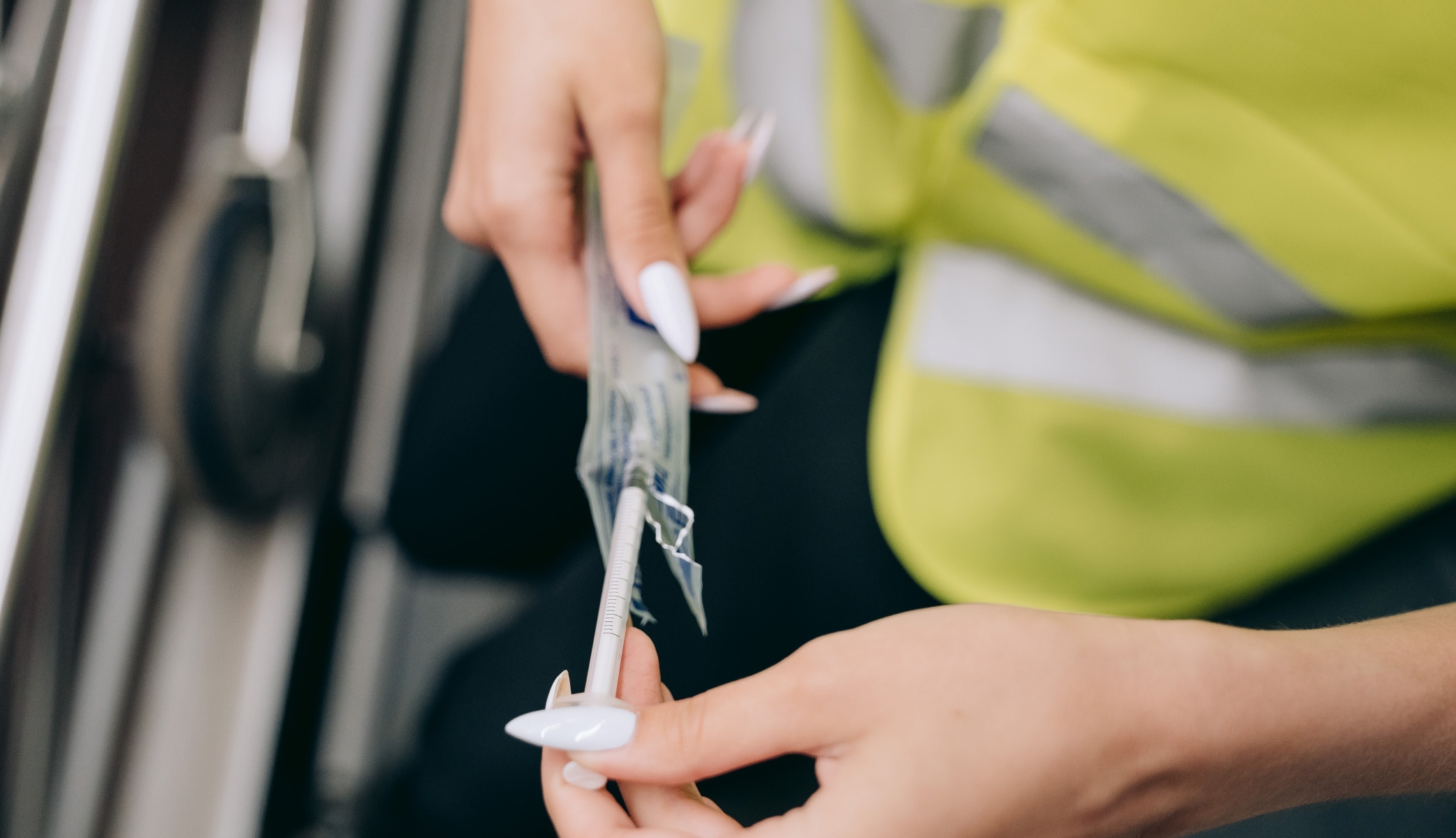2023-05-10
Blog
Overcome language barriers, communicate effectively with patients, and provide better care in emergency situations. This is how our app can help.

If you are an ambulance paramedic, you are often rushing to scenes of emergency. You have your life-saving equipment ready, your skills honed, and your instincts sharp. You are prepared to face any challenge that comes your way, no matter how difficult or life-threatening. But what if you arrive at the scene and you can't communicate with the patient? What if the patient doesn't speak the same language as you do?
This is a unique and often heart-wrenching situation. You are trained to respond quickly and effectively to emergencies, but when you can't understand their patients' needs, you may feel helpless and frustrated. And for the patients, the fear and confusion of not being able to communicate with the paramedics can make an already traumatic situation even more overwhelming. Often, using professional interpreters, even on the phone, is not convenient. There is no time to wait for them to become available. Ambulance services operate 24/7, and not all interpreters do.
In this blog, we'll take a closer look at the unique situation of ambulance paramedics, and how our app can help you communicate with patients in emergency situations.
The arriving at a situation and the paramedics experience that there is a language barrier, you can use the app to establish contact and show the patient that there is a way of communicating with them in a language that the patient understand.
For example, introduce yourselves as paramedics, let the patient know that you are there to help, explain that you don't speak their language, that you will use the app to communicate etc.
The next step would be to evaluate the situation. This can be done using our custom lists based on the SAMPLE mnemonic to understand the reasons for the patient's symptoms and history.
When talking to patients about signs and symptoms, paramedics can use a list with phrases arranged after the OPQRST mnemonic.
Onset (O) - When did it start? Quickly or slowly?
Provocation/Palliation (P) - What makes it worse? What soothes?
Quality (Q)- The character of the main affliction
Radiation/region (R)- Localization and radiation
Severity (S) - how severe are the symtoms?
Time (T) - How has it felt over time? Constant or in intervals?

Ask the patient if they have any allergies to food or medication.
Find out what medication the patient is taking. Can they show a list or say the name of the medicine?

Ask if the patient has any medical conditions, chronic illnesses, contagious diseases, or blood-transmitted diseases. Or ask about past surgeries and illnesses.
Find out when the patient last ate or drank anything, which is handy if there is a risk of surgery after arriving to an emergency room.
Ask questions to understand what happened. For example, "Have you been in an accident, fallen, fainted, or been subjected to violence?"
Use the app to inform the patient if you need to take samples, perform physical examinations, or administer treatment.

Provide instructions to the patient, relatives, or bystanders about what to do or not do. For example that you are taking the patient to hospital, how many relatives can come in the ambulance or ask them to give you some space when you work.
Most of our content is in the second person, but we also have phrases for when a patient is unable to talk or is unconscious, and someone else can answer in their place.
Use our special list for kids when communicating with a parent or other relative. For example, say "Your child will get medicine" instead of "The person will get this medicine."
At the end of the day, emergency medical services are all about helping people in their time of need. Our app is designed to support ambulance paramedics in this mission by providing them with the tools they need to communicate effectively, regardless of language barriers. By using our app, ambulance services can provide better care, alleviate patient anxiety, and ultimately, save lives. We are proud to support the emergency medical services community with our product and will continue to work towards improving the app for this purpose.